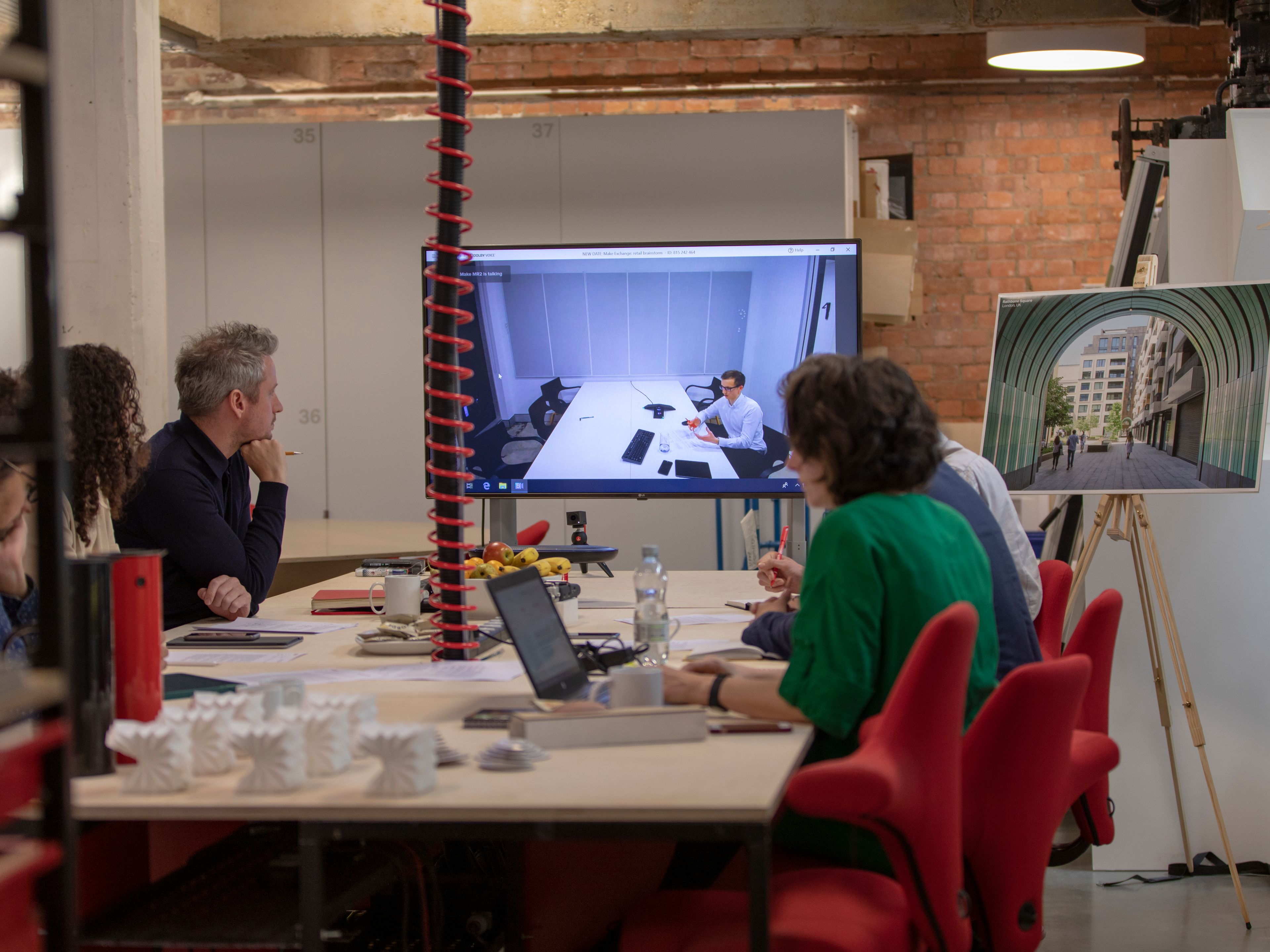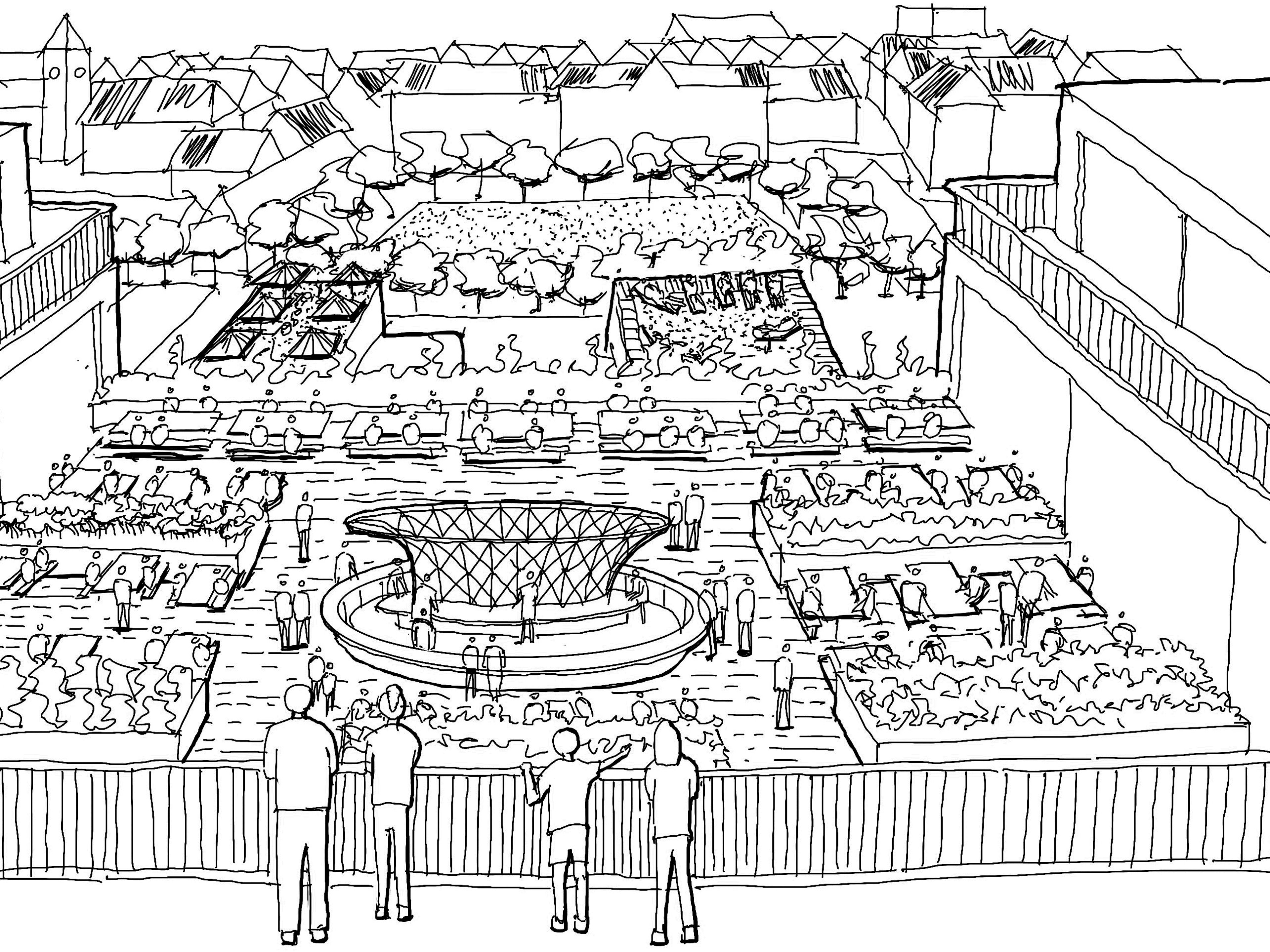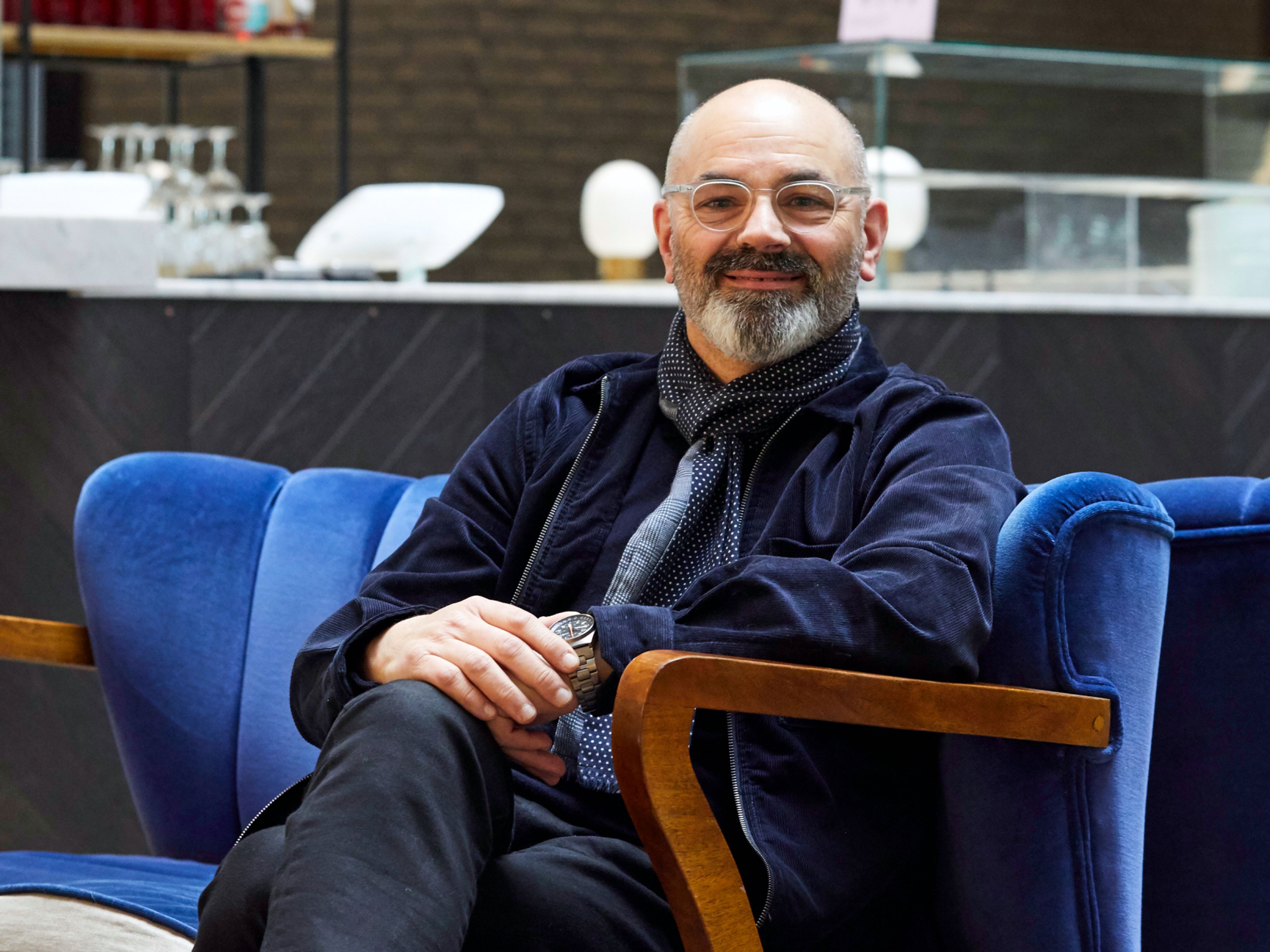State of the market – London
by Katy Ghahremani“If you’re innovative, agile and creative as a developer or brand, there’s a huge opportunity to thrive. It’s not that we no longer want to spend money on retail; it’s that we want to spend it differently.”
Retail is dying in the UK – or at least that’s what you’d think if you just read the newspaper headlines. Some parts of the sector are indeed decreasing, but generally the Retail Spending Index (RSI) shows steady growth over time. The RSI measures sales spending on goods such as food, clothing and footwear, and household goods, both online and in store. Figures from May 2019 show a growth of 1.7% over the past three months compared with the previous three months.

Consumer behaviour is changing. Online sales now represent almost 20% of all spending; in-store convenience shopping has suffered. Department stores like Debenhams and House of Fraser fall under this ‘convenience shopping’ umbrella – they have many items under one roof, but aren’t especially aspirational or experiential.
Conversely, we’re seeing both the budget and luxury ends of the market grow. Harrods, for example – a longstanding Make client – has experienced substantial year-on-year growth in profit and sales. This hollowing out of the middle can be seen across the board, from restaurant chains (Carluccio’s and Jamie’s Italian) to retail stores (New Look and Mothercare) to the aforementioned department stores. Whether it’s online or in store, consumers either want cheap, convenient and fast retail or aspirational and experiential retail.
RSI measures sales of goods, not of services, experiences or subscriptions. As we move towards a world where people are spending more on experiences and services rather than ‘stuff’, do we need to change the way we measure and review the health of the retail market?
I would argue that the retail sector isn’t dying; it’s just transforming and reinventing itself. Brands and retailers that understand consumers want to feel good about themselves when they shop are thriving. Whether it’s Patagonia, which promotes a narrative around sustainability, or Rapha, which lets consumers connect with each other to create a community, more brands are offering retail as transformation rather than just transaction. We want to feel that we’re creating a better world or a better version of ourselves when buying a product.
Smart brands also understand that we’re moving away from ownership towards a subscription-based economy. For example, BMW, recognising a shift away from car ownership to car clubs, has set up Drive Now in London in conjunction with Sixt. The new brand offers a car club business model.
Contrary to what those newspaper headlines say, it’s a very exciting time to be in retail in the UK. If you’re innovative, agile and creative as a developer or brand, there’s a huge opportunity to thrive. It’s not that we no longer want to spend money on retail; it’s that we want to spend it differently.
Tags
Authors
Katy Ghahremani is a Director at Make. She oversees international architecture and interior design projects spanning many sectors, including hospitality and arts and culture.
LinkPublication
This article appeared in Exchange Issue No. 2, which explores the changing nature of the retail sector with contributions and design analysis from leading retailers, developers, consultants and more.
Read more

